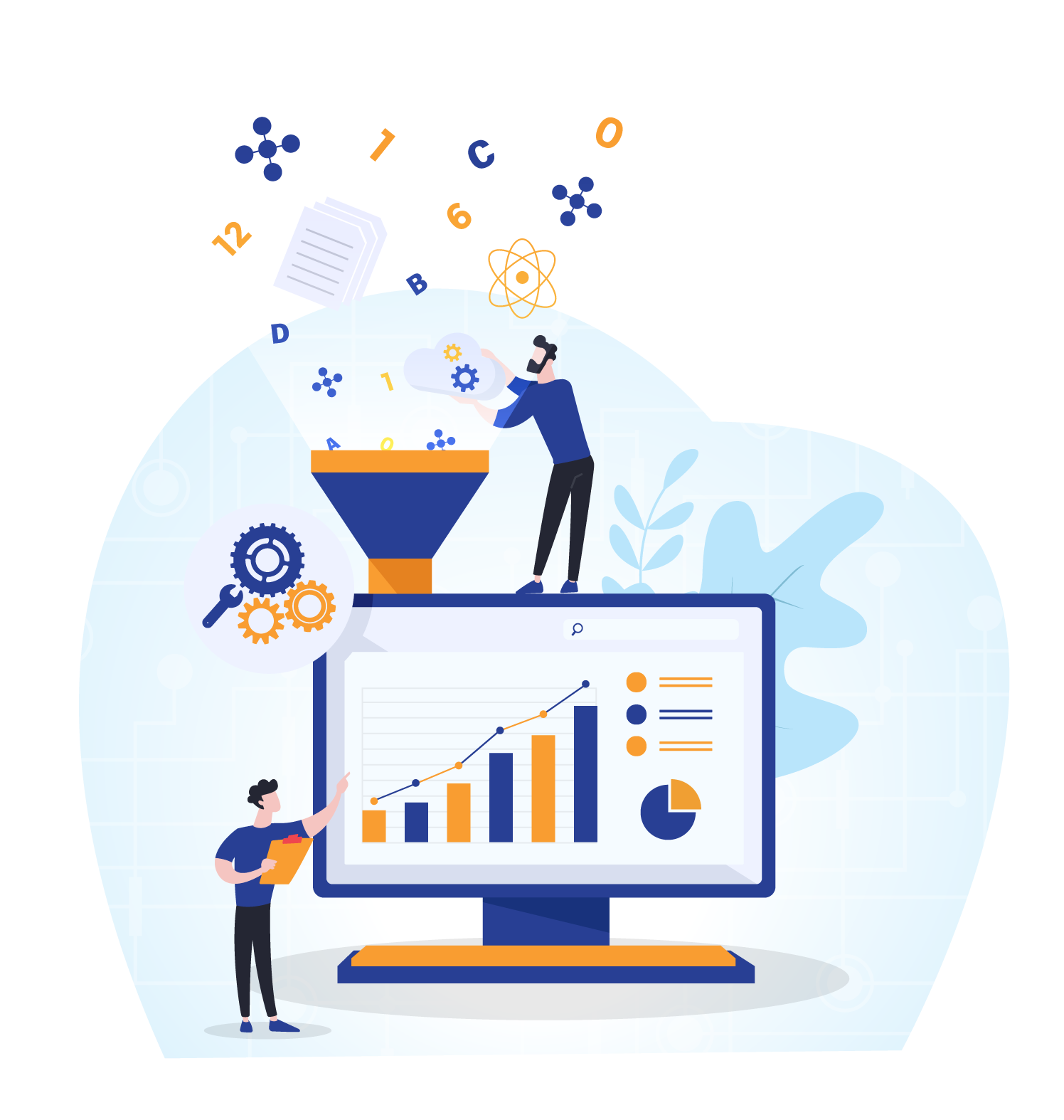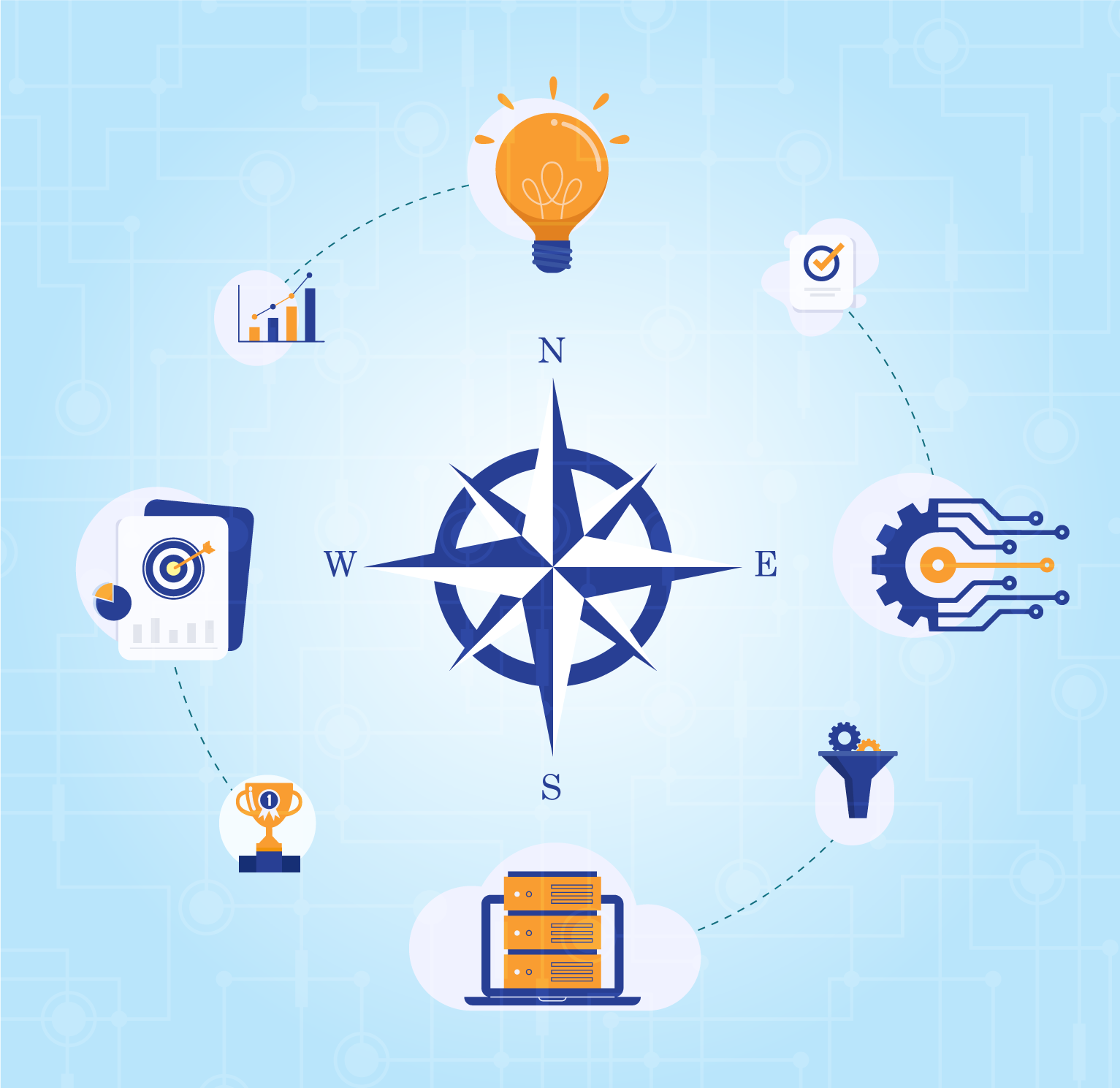The power of planning.
Maximising value from new business systems


In an age of data-driven decision-making, businesses are perpetually seeking new ways to harness the power of information. This pursuit often involves the adoption of innovative systems that promise streamlined operations, improved performance, or competitive edge. However, merely integrating a system isn't enough. To one degree or another, most systems are simply there to collect information you provide it with and then recall that information when you ask it to. Yes, there will be some value add like telling you how much time your staff have spent on a job and what the cost of that time was. But you need to know more than that. Much more. At the job level, the customer level and even higher. To extract the most value, you absolutely must thoughtfully plan its implementation. How can you maximise the value of the information you’re collecting within your new system and how can you ensure that it captures the key metrics that are important to you and your company?

Anticipating your analytics needs.
Before diving into the nuances of a new system, it's essential to peer into the future and ask, "what insights do we hope to glean from this data?" The answer will guide what customisations you'll need and which bespoke fields to include during system build-out. Work backwards and ask questions like:
- What are the overall goals and objectives of the company?
- What metrics, KPIs and insights must we have to hit those goals?
- What are the datapoints required to gain the insights and calculate the metrics we require?
- Does the new system capture all those datapoints as standard? Or do we need to customise its set up with specific fields that will allow that critical data to be captured?
Why? Because the output, or the analytics, is only as insightful as the input. If crucial details aren't captured at the outset, they can't be analysed later. Or to put it another way you can’t manage what you don't measure. So make sure you have the data.
Case in point: know your clients.
Consider the need to classify clients by industry. On the surface, it may seem like an optional tidbit. However, by identifying which sectors your clients hail from, you unlock layers of valuable insights. You can:
- Determine which industries offer the highest revenue streams.
- Tailor marketing campaigns to attract similar clients.
- Adapt offerings to appeal to industries that might have previously been on the periphery.
Without this foresight, you might find yourself awash with data but starved for actionable insights. Having a plan is one thing. Having the metrics and insights you need to execute that plan is another.
Spotting and addressing gaps: quotes & loss analysis.
Anyone who has watched sport on TV and heard a coach or athlete interviewed after a loss will be familiar with the phrase “you learn more from your defeats than you do from your victories”. It’s true as well. The same can be true in business. Not all prospects convert into clients. But every interaction, including rejected quotes, tells a story. Why did a prospective client decline? Was it the price? Timing? Competition? By anticipating the need for a predefined set of reasons for declined quotes, you're setting up a mechanism to spot patterns and make strategic corrections. So make sure those clouds have silver linings filled which can offer insightful learnings.

Size matters: custom fields for precise analysis.
The devil, as they say, is in the details. A painting company might see two jobs as 'large' or 'small'. But what if they could be quantified more accurately? By capturing the exact square meterage of a painting assignment, not only can you gauge revenue per square metre, but you can also assess team efficiency. Which teams can paint large areas most rapidly? Where are the inefficiencies creeping in? Such granular data provides opportunities for optimisation, from training programs to resource allocation.
At an individual level, these details may not seem interesting or important. But combine them with all the other information across all your jobs and your perspective will change. Those datapoints become stories and meaningful insights that can lead to performance improvements when acted upon. And what does performance improvement lead to? Better positive cash flow and improved profitability.
Beyond just data: gleaning real insights.
The examples above spotlight the transformation from mere data collection to genuine insights. Every business, regardless of its nature or its size, has unique data needs. A retail store might want to analyse foot traffic patterns. A consultancy could benefit from capturing the reasons behind extended project timelines. A coffee shop might find value in tracking daily sales against weather patterns.
The possibilities are endless, but the fundamental principle remains constant: thinking ahead and planning for the kind of analyses you'll want to perform down the road is essential.
A structured approach to implementation.
- Define Objectives: Before implementing a system, clearly define what business objectives you hope to achieve.
- Brainstorm Analytics: Engage stakeholders from different departments. What insights would marketing need? How about sales or operations?
- Map Required Fields: Once you know the analytics, work backward to identify the fields required.
- Customize with Care: Introduce bespoke fields cautiously. Overcomplicating can deter users and muddle data.
- Train & Engage: Ensure the team knows the importance of each field and how it fits into the bigger picture.
Details, details, details.
Planning the implementation of a new system is akin to building a house. The foundation, walls, and roof might be in place, but it's the intricate details—like windows, doors, and furnishings—that make it functional and beautiful. Similarly, to gain profound, actionable insights from a system, planning its data capture strategy is paramount.
In this era, where information is the new currency, optimising data collection and analysis isn't just an advantage; it's a necessity. By anticipating the analytics needs at the onset of system implementation, businesses can elevate their strategies, achieve efficiencies, and stay ahead in the competitive landscape.

Have some questions?
Paul Seagar
Founder / Business Development
NZ +64 21 024 06959
© 2025 Rally The Data Ltd Privacy
